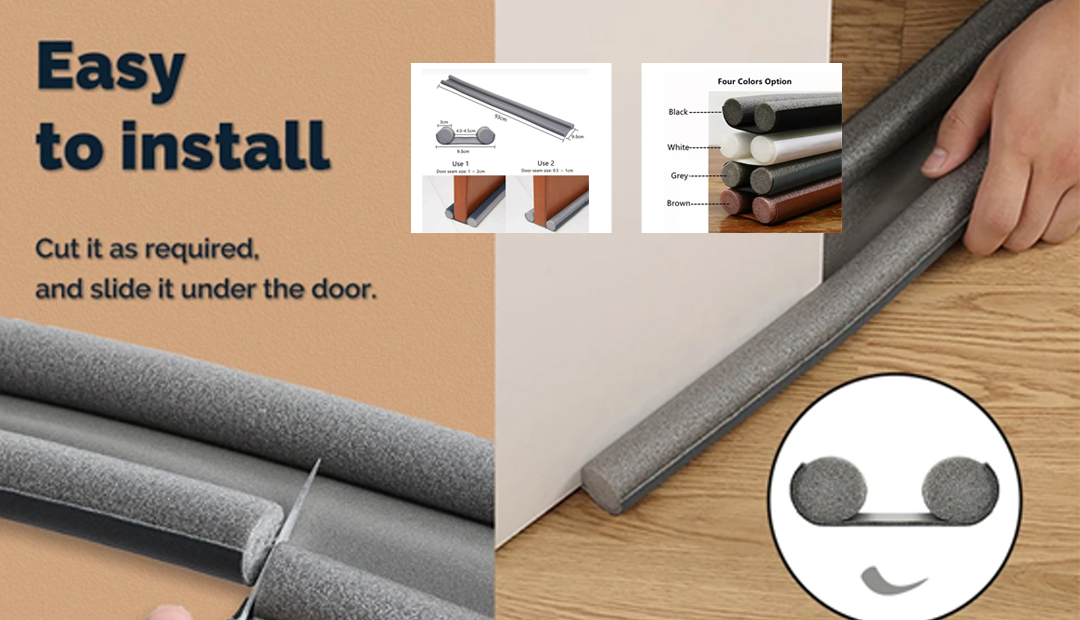weather stripping for sliding screen door
Understanding Weather Stripping for Sliding Screen Doors
When it comes to enhancing the comfort of our homes, one often overlooked aspect is the integrity of our doors and windows. In particular, sliding screen doors play a significant role in maintaining airflow while acting as a barrier against unwanted pests. However, over time, these doors may develop gaps that can let in drafts, insects, and even noise. This is where weather stripping comes into play. In this article, we will discuss what weather stripping is, its benefits, types available for sliding screen doors, and how to properly install it.
What is Weather Stripping?
Weather stripping refers to the materials used to seal openings around doors and windows. Its primary purpose is to create a barrier that prevents air leaks and moisture from entering or escaping a building. For sliding screen doors, using the appropriate weather stripping can significantly improve the door's efficiency and durability. This is especially vital in climates with extreme heat or cold, as well as during transitional seasons where temperature fluctuations are common.
Benefits of Weather Stripping
1. Energy Efficiency The primary benefit of installing weather stripping is energy efficiency. By reducing drafts caused by gaps in sliding screen doors, your heating and cooling systems can operate more efficiently. This translates to lower energy bills, as your HVAC system won’t have to work as hard to maintain a comfortable indoor temperature.
2. Insect Prevention Weather stripping acts as a first line of defense against insects. Gaps in sliding screen doors can provide entry points for bugs and other pests. By ensuring a tight seal with effective weather stripping, you can keep your living space bug-free.
3. Noise Reduction In urban environments, noise pollution can be a significant issue. Properly weather-stripped doors minimize outside noise, making your home a more serene and peaceful haven.
4. Extended Door Life When sliding screen doors are not properly sealed, they can suffer from excess wear and tear. Elements like water and dust can infiltrate through gaps, leading to rust and degradation. Weather stripping not only provides a protective barrier but also extends the lifespan of your doors.
Types of Weather Stripping for Sliding Screen Doors
Several types of weather stripping materials can be used for sliding screen doors, each with unique advantages
1. Foam Tape This is one of the most common options, composed of a flexible foam material that easily conforms to various shapes. It is economical and easy to install, making it a popular choice for many homeowners.
weather stripping for sliding screen door

2. V-Seal Weather Stripping This type of weather stripping is made of vinyl or metal and is shaped like a ‘V.’ It is designed to create a tight seal when squeezed against the frame of the sliding door.
3. Magnetic Weather Stripping Similar to the strips found in refrigerator doors, magnetic weather stripping can provide an excellent seal. It involves magnets that attract each other, ensuring that the door closes securely.
4. Rubber Weather Stripping Rubber is durable and resistant to the elements, making it a good option for areas that experience harsh weather conditions. It generally lasts longer than foam tape.
Installing Weather Stripping
Installing weather stripping on a sliding screen door is a straightforward process that can often be completed in a few steps
1. Clean the Surface Start by cleaning the door frame and surface where the weather stripping will be applied to ensure good adhesion.
2. Measure and Cut Measure the length needed for the weather stripping and cut it accordingly.
3. Peel and Stick For adhesive-backed varieties, peel off the protective layer and press the weather stripping firmly into place. Make sure it is aligned correctly.
4. Test the Fit Finally, close your sliding screen door and test the fit. Ensure that there are no gaps when it’s closed and that it opens and closes smoothly.
Conclusion
Weather stripping for sliding screen doors is an essential home maintenance task that can yield numerous benefits, including improved energy efficiency, pest control, noise reduction, and prolonged door life. By understanding the types of weather stripping available and how to install it, homeowners can create a more comfortable and efficient living space. As a small investment in maintenance, weather stripping can lead to significant savings and enhance the overall quality of life in your home.
-
Under Door Draught Stopper: Essential ProtectionNewsJul.31,2025
-
Garage Door Seal and Weatherstrips for ProtectionNewsJul.31,2025
-
Edge Banding Tape for Perfect EdgesNewsJul.31,2025
-
Table Corner Guards and Wall Corner ProtectorsNewsJul.31,2025
-
Stair Nose Edging Trim and Tile Stair SolutionsNewsJul.31,2025
-
Truck Bed Rubber Mats for Pickup BedsNewsJul.31,2025
-
Window Weather Stripping for Noise ReductionNewsJul.29,2025